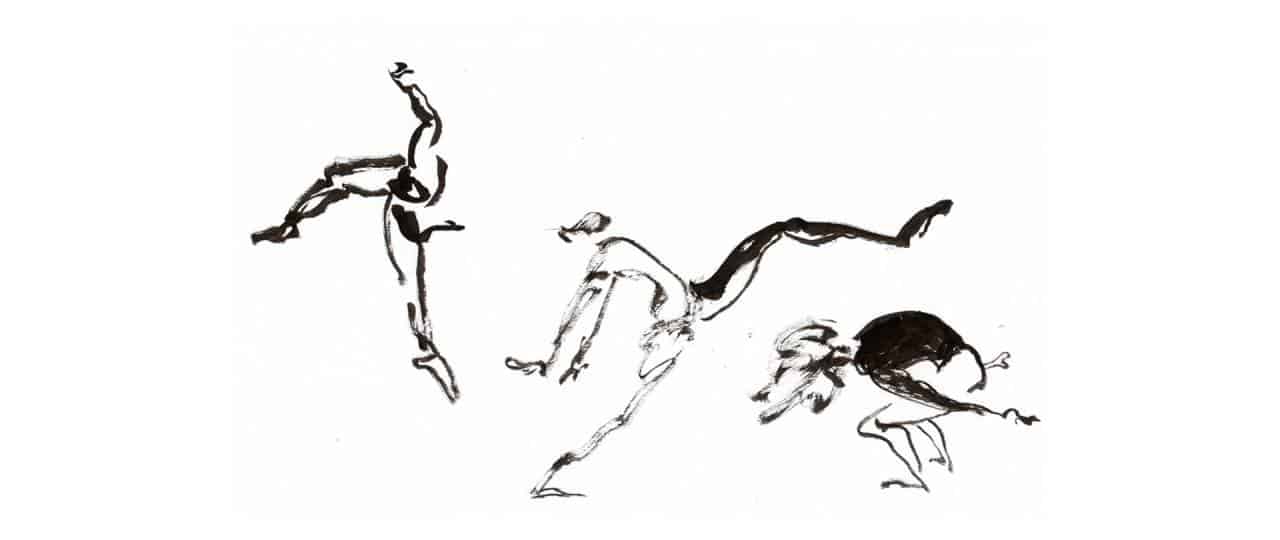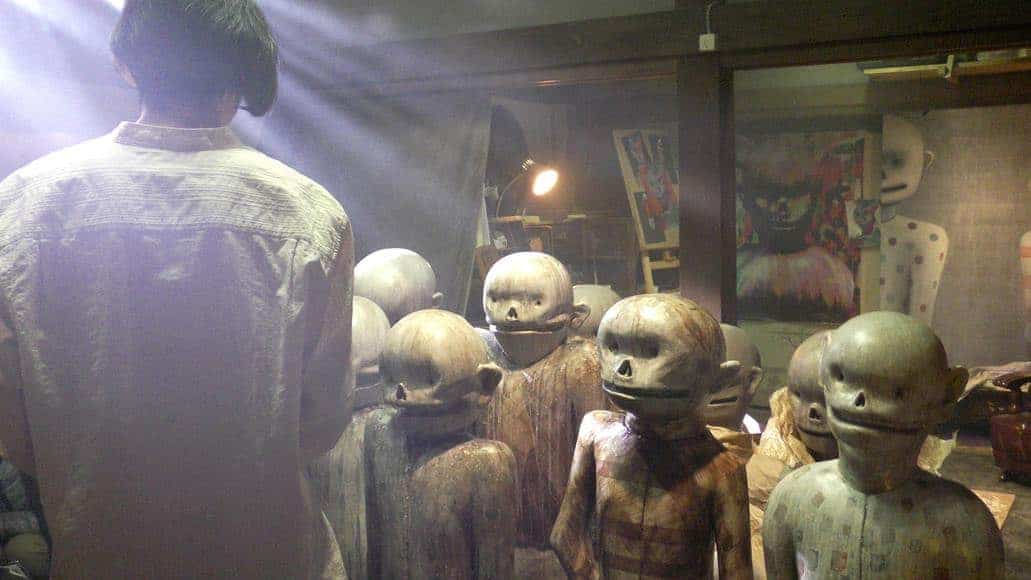Despite the fact that Shinji Somai had been popular in Japan since the 80's, his fame did not surpass the borders of Asia until the 90's. One of the first festivals that acknowledged his skill was Cannes, with “Moving” screening in the Un Certain Regard section in 1993.
Buy This Title
Based on the novel “Ohikkoshi”, by Hiko Tanaka, the film revolves around Renko, a girl in the sixth grade (between 11 and 12 years old) whose parents' divorce shutters her happy but fragile life. In the beginning, the girl is rather calm, as she does not seem to realize fully, what exactly is going on. As time passes though, she begins to act out, in all aspects of her life. In school, she starts hanging out with the class's “pariah,” a girl whose parents are also divorced, thus alienating her former friends. Furthermore, when they confront her about the fact, the stage turns violent with her ending up putting the chemistry lab on fire. At her home, and after an idea proposed by her “boyfriend,” she tries to barricade herself in her room, in a rather unfortunate turn of events that ends up with her parents injured. When all her tricks seem to fail, and after her father's failed attempt at reconciliation with her mother, she runs away and ends up wondering through a rural festival.
Shinji Somai directs a film that presents a rather unusual take on the consequences a divorce can have on a child. The first element that sets the film apart is that her parents do not seem very mature themselves, with the father being somewhat irresponsible in general, while her mother's first reaction to his departure is to get completely wasted after a dinner with her, that would, supposedly, be the beginning of their new lives. The fact that Renko is a highly intelligent and independent child, who acts as the boss of the family, makes this different approach even more evident, since she is nothing like the adorable and sad girls usually associated with these themes. I dare say that, at moments, she is rather obnoxious with her spoiled and bossy behaviour.
The second half of the film takes a completely different approach to the subject, in a rather surrealistic odyssey through the Japanese country, which has her meeting an older couple, attending a festival, and wandering lost in the fields, the forest and finally by a lake. This trip symbolizes how lost Renko feels as she experiences the divorce, and provides the necessary catharsis for her, who is able, finally, to put her boiling feelings at rest. Evidently, this part has nothing to do with the realism of the first one, and, at times, seems somewhat out of place. However, the artistry and the utterly fitting conclusion it provides erase the aforementioned sense.
Toyomichi Kurita's cinematography is astonishing, as it combines artistry with meaningfulness through the different settings of the film. Take for example the initial scene, where the three members of the family are sitting on a triangle-table, with Renko on the top and the parents on the side, which highlights, in a certain but also very entertaining fashion, who the boss is. The scene where Renko locks herself in the bathroom is another splendid sample, as Somai and Kurita build the tension by staging the sequence in a claustrophobic space, while the unexpected punch provides a shocking, but more than welcome conclusion. The elaborateness remains at the same level in the second part, which features, almost exclusively, exterior shots, as the impressive fireworks give their place to the fires in the fields, the fog in the woods and the dreamy ritual in the lake.
13-year-old Tomoko Tabata provides a great anchor for the film in her debut, as the narrative seems to follow her every whim. The plethora of feelings, behaviors, and psychological statues she depicts is the highlight of a naturalistic performance, which allowed her to begin a career in acting that continues until today. Junko Sakurada is also great as the feisty, enthusiastic, but also on the brink of a nervous breakdown mother, in her last role in cinema. The awards they both received, as newcomer and supporting actress correspondingly, from Mainichi, Hochi, and Kinema Junpo awards were well-deserved.
“Moving” is another great sample of Japanese cinema, one of those rare films that combine sophistication, artistry and meaningfulness.


















